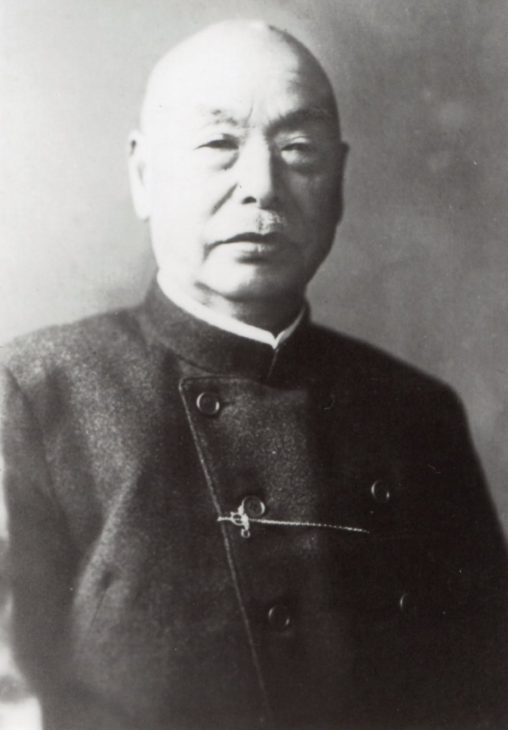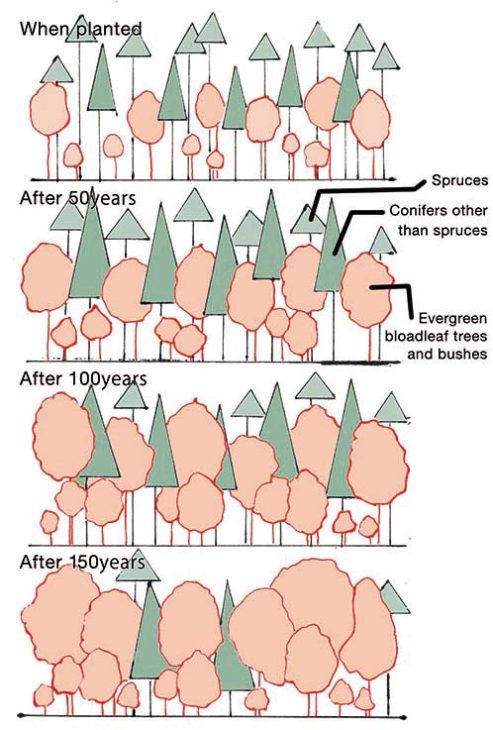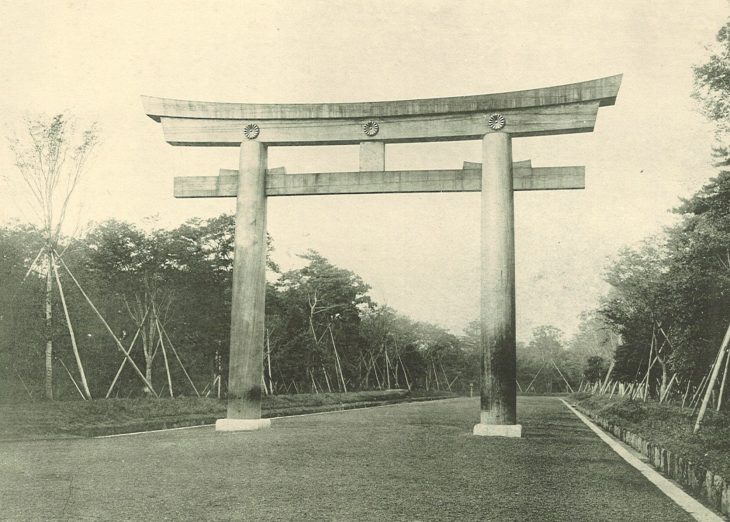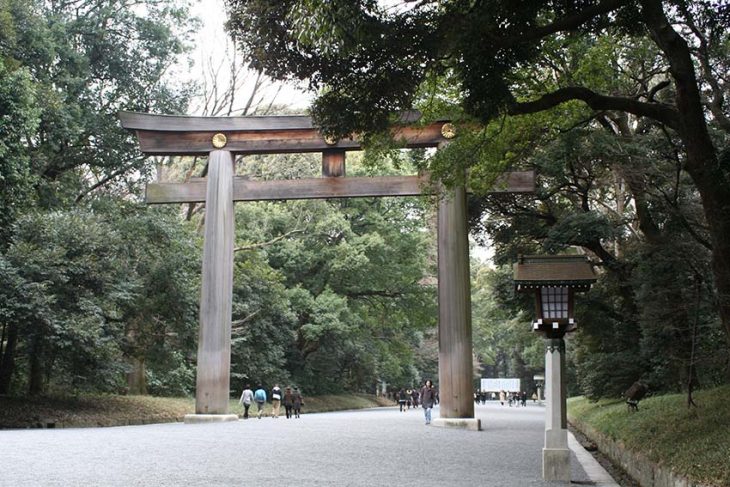Introducing how the eternal forest of Meiji-Jingu, which fits the climate and atmosphere of the region, was created
- Who is Seiroku Honda?
- Basic concepts in creating “the forest of Meiji-Jingu”
- “The future of the forest” Seiroku has predicted and its present condition
- Other sacred groves around Japan and its current flora

Seiroku Honda (1866-1952) / Photo provided by Kuki city
Who is Seiroku Honda?
Seiroku Honda is a forester and the first ever Japanese person to hold a Ph.D. in forestry. He has designed not only the forest of Meiji-Jingu but also more than 60 parks’ vegetation including Hibiya park, leaving behind considerable achievements, thus called “Father of the Parks”.
Basic concepts in creating “the forest of Meiji-Jingu”
The forest of Meiji-Jingu was created in 1915, approximately 100 years ago, with Seiroku serving as a chief designer. Aiming for an eternal and natural forest, which can take care of itself without human intervention, varieties in kinds and heights of trees were considered important. It is now regarded as a true masterpiece of an artificial forest and a representative of sacred groves.
When the creation of the forest started, there were many factories around the shrine and environmental pollution was already progressing. The smoke produced by the factories had damaged many old trees and the soil. After serious considerations about the pollution and the future of the forest, Seiroku and his colleagues decided to plant evergreen broadleaf trees such as chinquapins, oaks, and pines, rather than conifers such as cedars, cypresses, and spruces. They were considered to be strong enough to bear the pollution and capable of forming an eternal forest, which sustains and regenerates itself by dropping seeds for good with enough dignity to be a sacred grove for the shrine.

Diagram 1: Future prediction of the forest Seiroku and his colleagues anticipated before creating it
More than one hundred thousand trees were donated from all over the country. However, they consisted of a wide variety of trees including conifers, which were not supposed to be used according to the plan. Seiroku did not dispose but planted them all in a way that the forest gradually replaces them by itself. They indeed started to disappear, replaced by broadleaf trees as predicted in Diagram 1, and now, 100 years after the creation, they are now almost extinct. In fact, the speed of replacement was about 1.5x faster than Seiroku’s anticipation.

O-torii (Second torii) and surroundings in 1920. Photo provided by Meiji-Jingu

O-torii (Second torii) and surroundings in 2020. Photo provided by Meiji-Jingu
Akira Miyawaki (Plant ecologist, Vice-President of the Chinju no mori Project/Project of Sacred Grove) was asked to investigate the flora in the forest of Meiji-Jingu and issued a paper named “Plant sociologic research of the forest of Meiji-Jingu” in 1980. There he writes, [the forest is] “forming a natural broadleaf evergreen forest” and “is capable of making a steady and most balanced artificially created broadleaf evergreen forest in the midst of urban area, if we continue to take proper care of it”, appreciating the way of creating the forest. It is also expected to work as a bulwark against fires in case of a big earthquake in Tokyo.
Sacred forests around the country
Around Japan there are many other sacred groves. The old ones are the forest of Miyazaki-Jingu (Created in 1907), Kashiwara-Jingu (Nara prefecture, created in 1941), Shizuoka-ken-Gokoku-shrine (Created in 1941), and Nara-ken-Gokoku-shrine (Created in 1942). They all have already grown into steady broadleaf evergreen forests.
